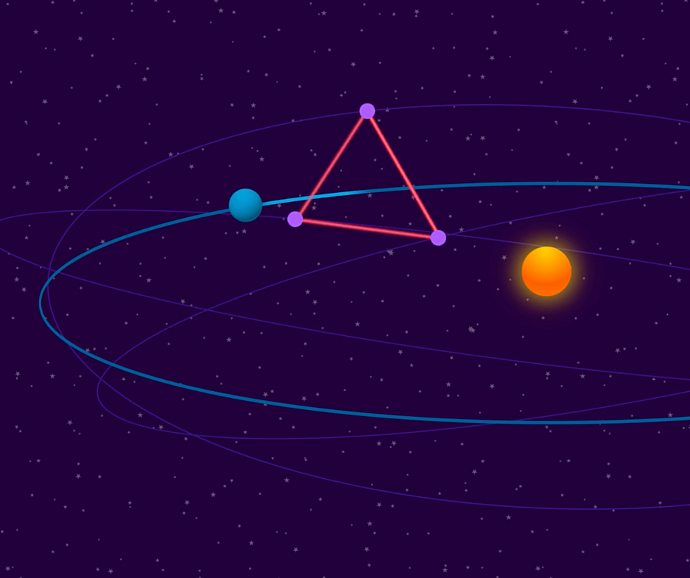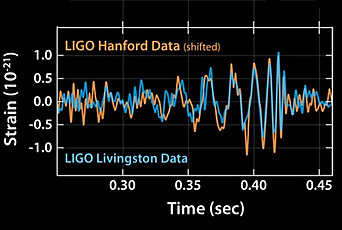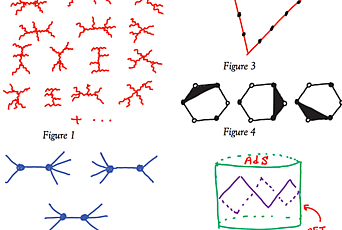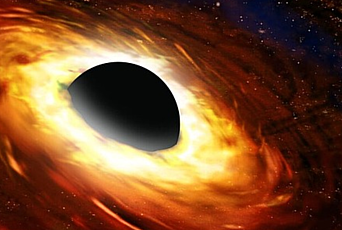
Hopes of Big Bang Discoveries Ride on a Future Spacecraft
As the early universe expanded, phase transitions might have created "bubble walls," namely energetic barriers between pockets of space that became trapped in different states as the universe cooled. Last year, while serving as a Member in the School of Natural Sciences (2022–23), physicist Isabel Garcia Garcia calculated the possibly observable fingerprints of these cosmic defects from their gravitational wave signatures.
Garcia Garcia and others in her field hope that LISA (Laser Interferometer Space Antenna), the first dedicated space-based gravitational wave observatory, will make many more detections.
'"For the first time, we might actually get something directly from that very early epoch of the universe," said Garcia Garcia. [...] "If LISA really can pick up primordial gravitational waves," she added, "it will be our first glimpse of the cosmos’s first moments. From the point of view of particle physics, that is obviously incredibly exciting."'
LISA is scheduled to be launched in the 2030s.
Read more at Quanta.


